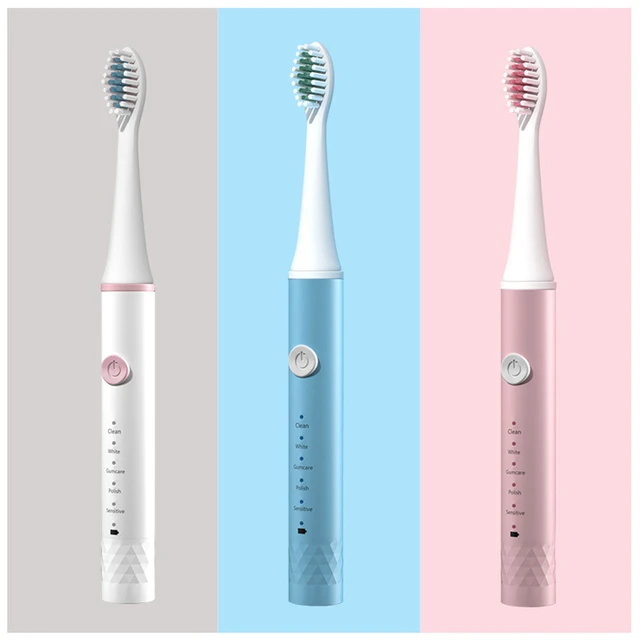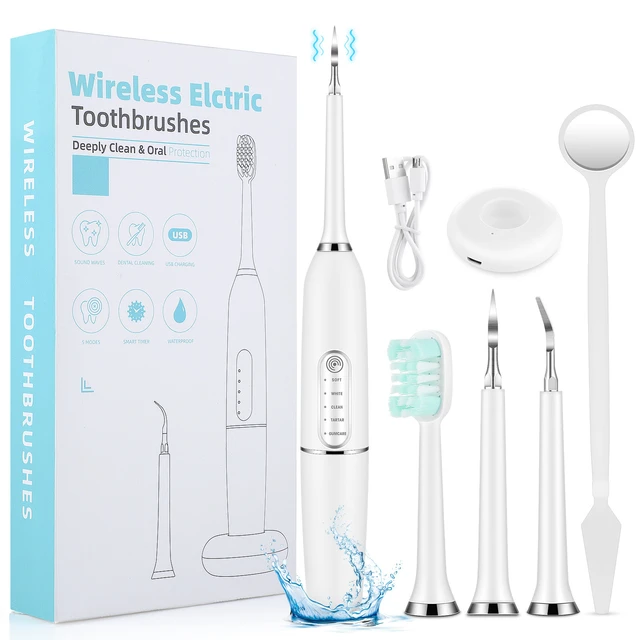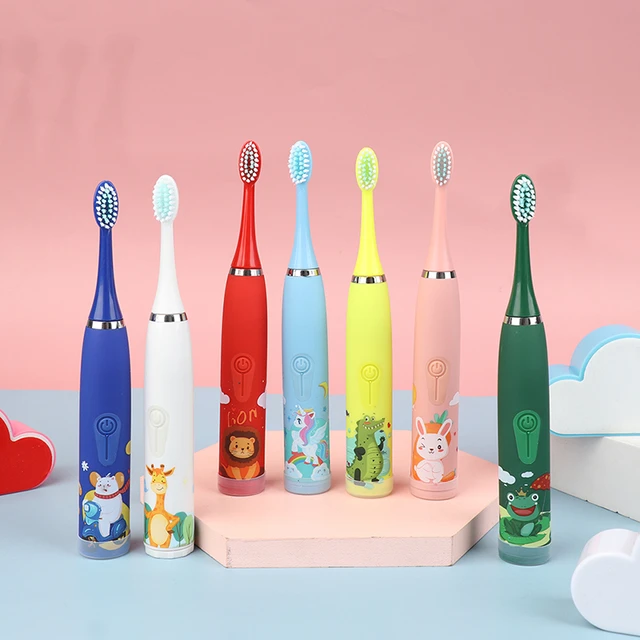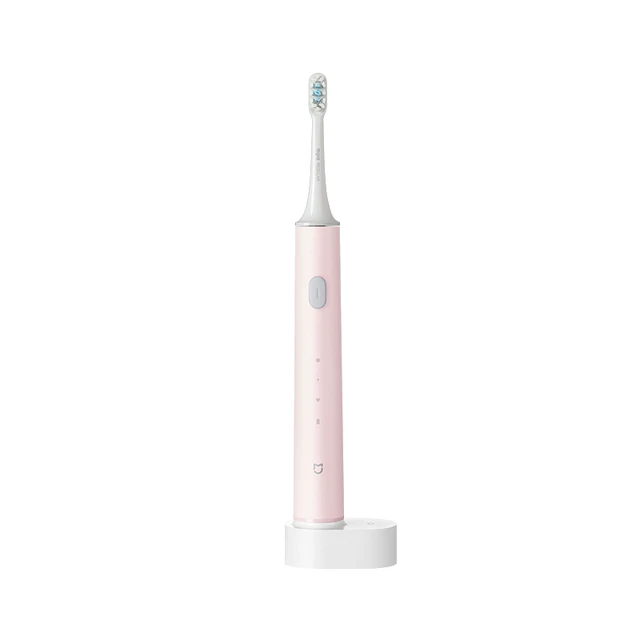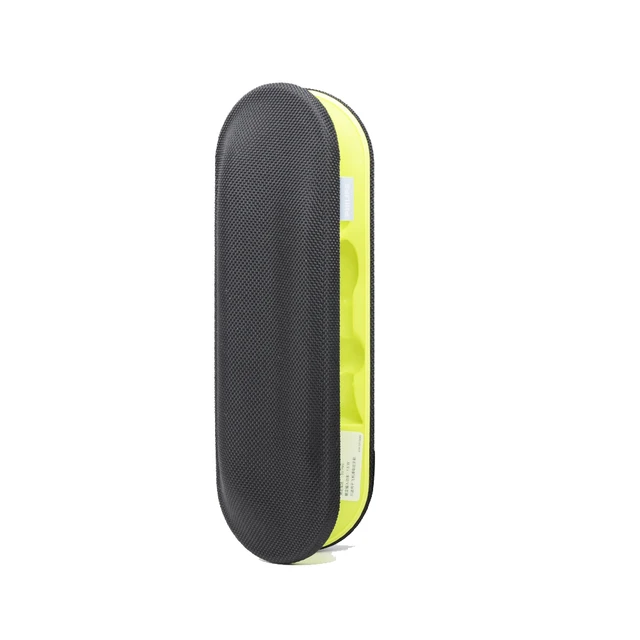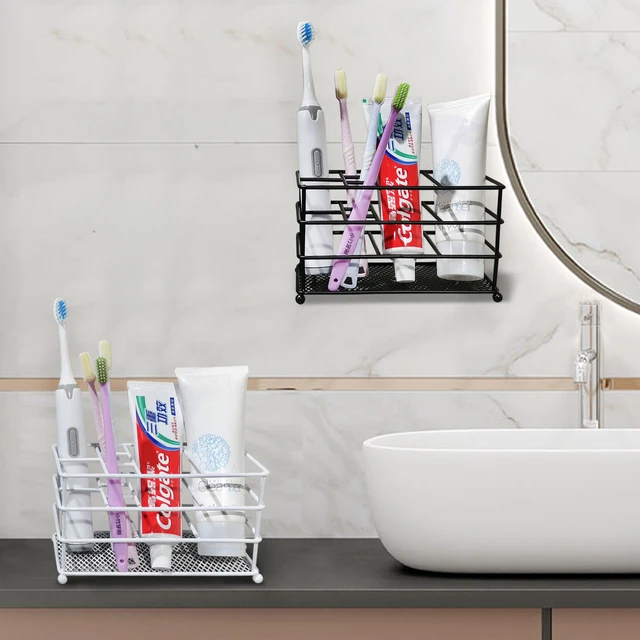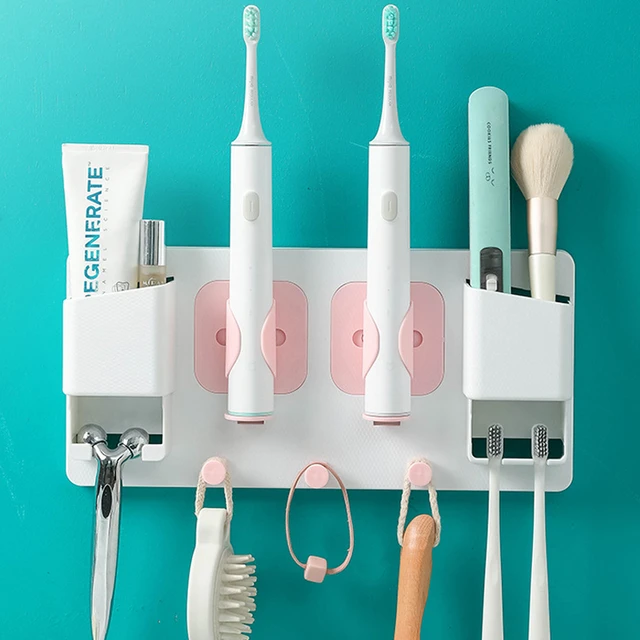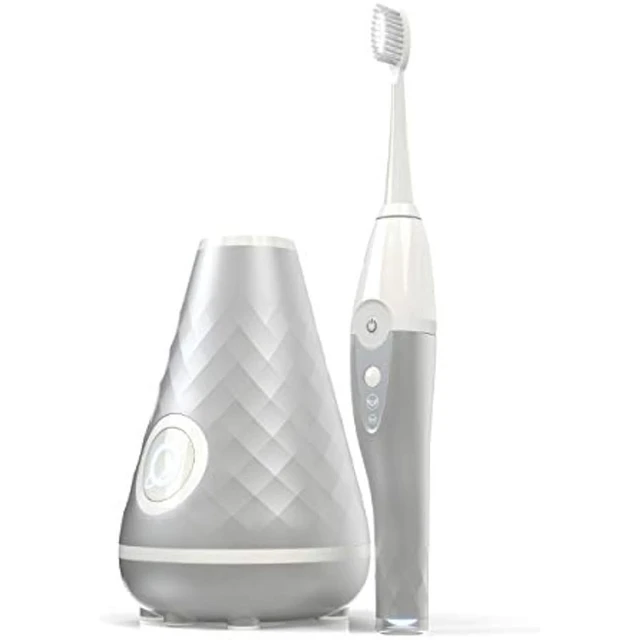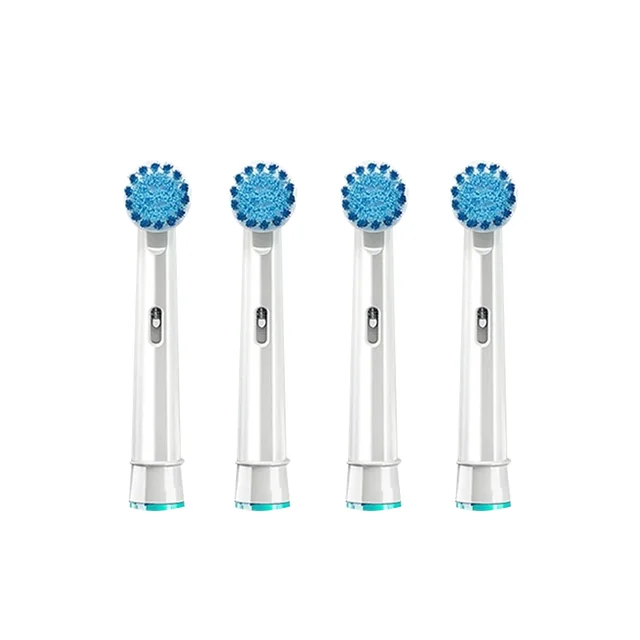
Introduction:
Electric toothbrushes have become increasingly popular due to their convenience and potential benefits over manual toothbrushes. While both manual and electric toothbrushes can be effective tools for maintaining oral health, electric toothbrushes offer unique advantages that make them particularly beneficial for certain individuals. In this guide, we will explore who would benefit from using an electric toothbrush, highlighting specific groups of people who can experience improved oral hygiene and dental health. By understanding these benefits, you can determine if an electric toothbrush is the right choice for you.

Who would benefit from using an electric toothbrush?
Individuals with Limited Mobility:
People with limited mobility due to conditions such as arthritis, Parkinson’s disease, or other physical disabilities can benefit greatly from using an electric toothbrush. The powered motion of an electric toothbrush eliminates the need for vigorous manual brushing, making it easier for individuals with limited dexterity to effectively clean their teeth and gums. The ability to hold and maneuver a manual toothbrush may be challenging for these individuals, and an electric toothbrush can provide greater control and ease of use.
Children and Teenagers:
Children and teenagers can also benefit from using an electric toothbrush. Encouraging good oral hygiene habits from an early age is crucial for their lifelong dental health. Electric toothbrushes can make brushing more fun and engaging for children, motivating them to brush regularly and more effectively. Furthermore, the built-in timers and gentle vibrations of electric toothbrushes can help children develop a consistent brushing routine and ensure that they brush for the recommended two minutes.
Individuals with Braces or Orthodontic Appliances:
For individuals with braces or other orthodontic appliances, maintaining optimal oral hygiene can be more challenging due to the presence of brackets, wires, and hard-to-reach areas. Electric toothbrushes with specialized orthodontic brush heads or brush heads designed for cleaning around braces can make brushing more efficient and effective. The powered bristle action can help remove plaque and food particles from difficult-to-reach areas, reducing the risk of tooth decay and gum disease during orthodontic treatment.
People with Gum Disease or Gum Sensitivity:
Individuals who have gum disease or gum sensitivity can benefit from using an electric toothbrush. Electric toothbrushes with gentle oscillating or sonic vibrations can provide a massaging effect on the gums, promoting blood circulation and reducing inflammation. The controlled pressure and consistent brush head motion of electric toothbrushes also help prevent aggressive brushing, which can be detrimental to the gums. Proper brushing technique and regular use of an electric toothbrush can contribute to improved gum health and a reduction in gum disease symptoms.
Individuals with Tooth Sensitivity:
Tooth sensitivity can be a common issue for many people, making brushing with a manual toothbrush uncomfortable or painful. Electric toothbrushes with sensitive mode settings or brush heads designed for sensitive teeth can be gentler on the teeth and gums, reducing the discomfort associated with brushing. The oscillating or sonic vibrations of electric toothbrushes can also help remove plaque and stains without excessive pressure, minimizing the risk of enamel damage.
Busy Professionals:
Many busy professionals lead demanding lives that leave little time for self-care. Electric toothbrushes can be beneficial for these individuals as they provide a more efficient and effective cleaning experience. The powered motion of the brush head allows for better plaque removal in a shorter amount of time. Additionally, some electric toothbrushes come with features like timers and pressure sensors that help individuals maintain a consistent brushing routine and ensure they are brushing adequately.
Individuals with Cosmetic Dentistry:
People who have undergone cosmetic dentistry procedures, such as dental implants, veneers, or crowns, can benefit from using an electric toothbrush. Electric toothbrushes with gentle vibrations and soft bristles can effectively clean around these dental restorations without causing damage or scratching the surfaces. Proper cleaning of cosmetic dental work is vital to maintain their appearance and longevity, and electric toothbrushes can help achieve this.
Individuals with a History of Cavities or Gum Disease:
Individuals with a history of cavities or gum disease may find that electric toothbrushes can help improve their oral health. The oscillating or sonic motions of electric toothbrushes, combined with the consistent brush head movement, can enhance plaque removal and reduce the risk of dental issues. Electric toothbrushes can provide a more thorough cleaning experience compared to manual toothbrushes, helping to prevent the recurrence of cavities and gum disease.
Conclusion:
While both manual and electric toothbrushes can be effective tools for maintaining oral health, electric toothbrushes offer unique advantages that make them particularly beneficial for certain individuals.
